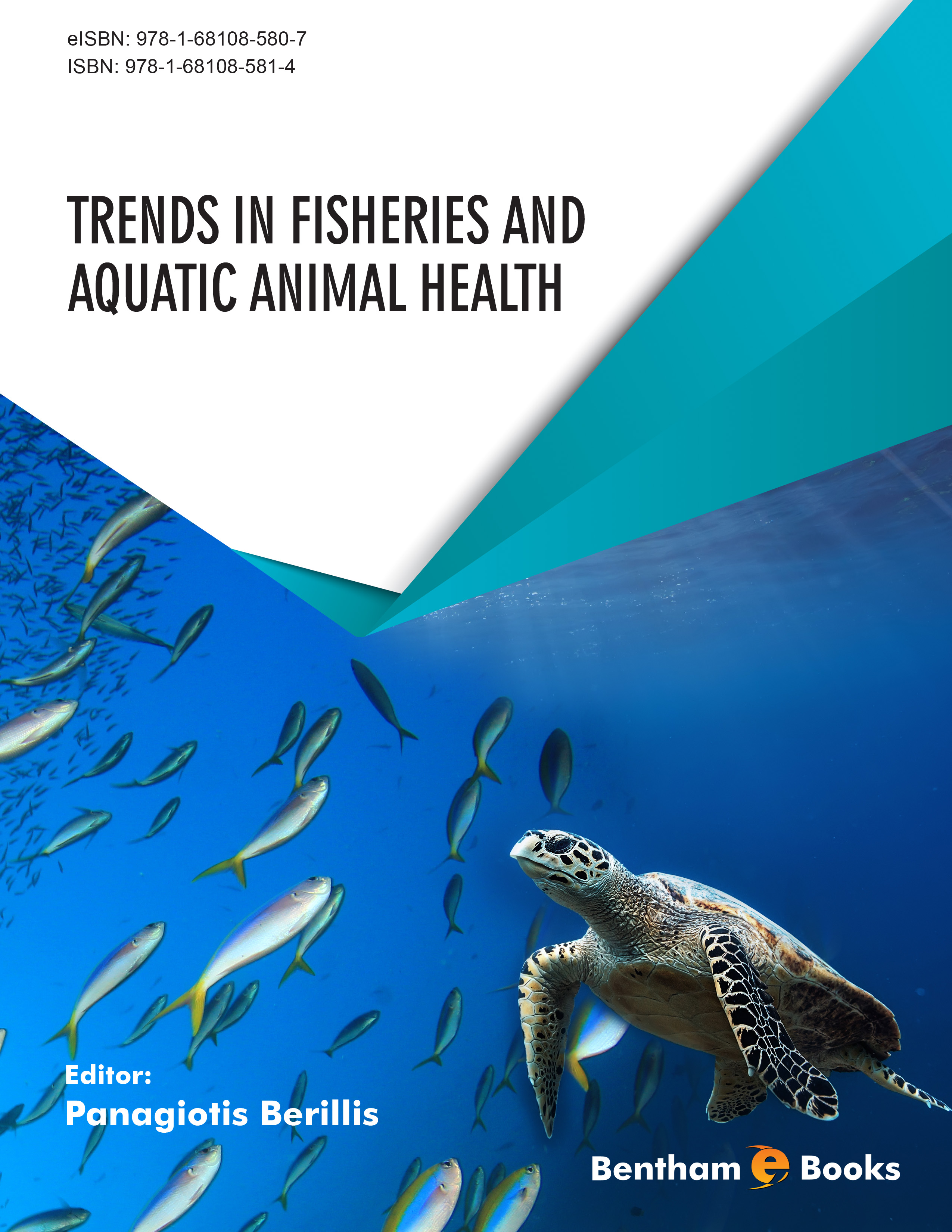Introduction
Fish and other seafood have always been considered as an important part of human diet and have also long been recognized as a health-promoting food for human nutrition. However, managing aquatic food resources remains a challenge as the human population is expanding and overfishing poses a threat to fishing reserves in several areas. Aquaculture is the alternative solution for food production from the sea. According to the FAO, aquaculture is probably the fastest growing food-producing sector and can be a sustainable solution for fish production. In order to maximize marine food production and achieving sustainable management of the aquatic environment, knowledge about aspects of fisheries and aquatic animal health is very important.
Trends in Fisheries and Aquatic Animal Health covers some basic and applied topics in fishery management and fish health with a focus on European regions. The textbook is a combination of reviews and research articles. Topics covered in the book include challenges in fishery management, environmental impacts on fisheries, fish health (pharmacology, histopathology, stress response), telemetry techniques in fisheries research, and specific case studies of regional marine species in localized fisheries. This textbook is a useful resource for graduates and professionals involved in advanced training courses for aquaculture and fishery management.

